Top Things to Know Before Buying Cheap House Plants
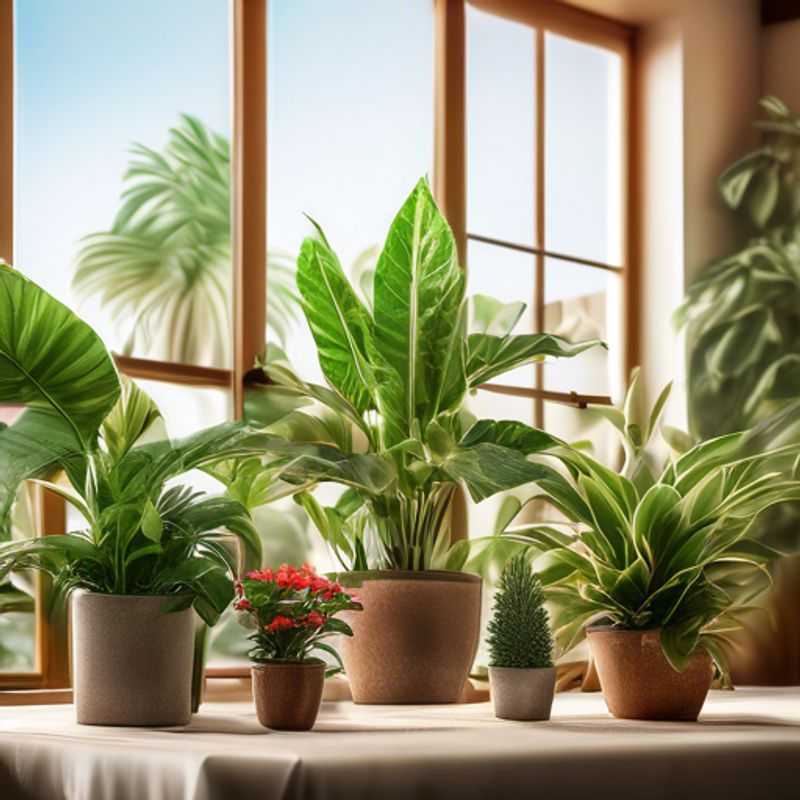
Top Things to Know Before Buying Cheap House Plants: Research Care Requirements, Consider Sunlight & Space, Inspect for Pests, Understand Watering Needs, Choose Reputable Sellers, Acclimate Gradually, and Ensure Suitability for Your Climate
Bringing a little greenery indoors can be a wonderful way to brighten your space and improve your mood. But before you head to the store, there are some essential things to consider to ensure you choose the right plants and give them the best chance to thrive. Here are some top things to know before buying cheap houseplants:
Research the specific plants care requirements before purchasing. Every plant has its own needs for light, water, and temperature. If you don’t know the basics of caring for a plant, you’ll want to research it first to avoid any surprises. This will help you make sure the plant is a good fit for your home and lifestyle.
Consider the amount of sunlight and space available in your home.
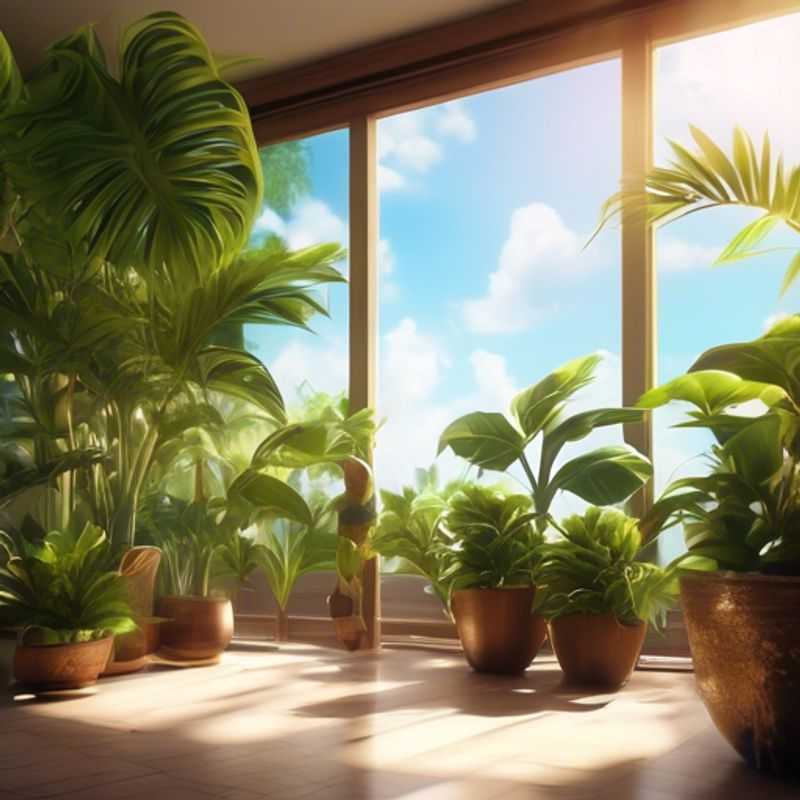
Know Before You Grow: Researching Plant Care Requirements
Before bringing a new plant home, researching its specific care needs is crucial for its survival and your success as a plant parent. Understanding a plant's light, water, temperature, and soil requirements is vital for its health and longevity.
Consider factors like your home's light levels, your watering habits, and the temperature you can provide. Don't be afraid to ask for advice from a knowledgeable nursery staff or online plant communities.
Invest in a good quality potting soil that meets the plant's specific needs. Some plants thrive in acidic soil, while others prefer neutral or alkaline soil.
Be aware of potential pests and diseases specific to the chosen plant. Regular inspection for signs of pests or disease will allow for early intervention and prevent a bigger problem.
Taking the time to research before purchasing ensures that you choose a plant that's compatible with your lifestyle and care abilities. It saves you money in the long run by preventing plant loss due to neglect or improper care.
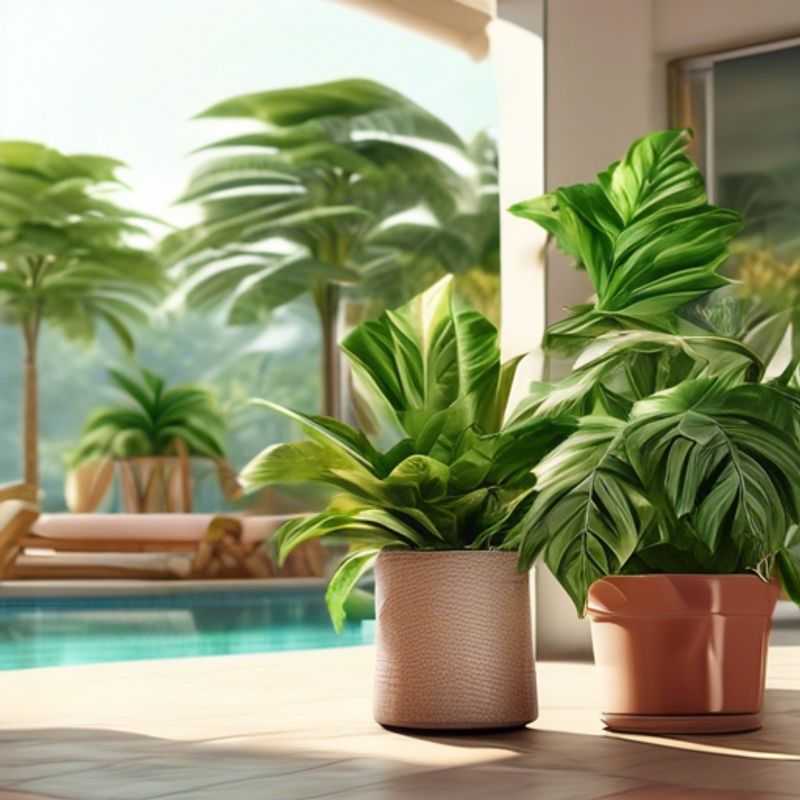
Sunlight & Space: Designing Your Home for Plants
When planning your home, it’s crucial to consider the amount of sunlight and space available. This is vital for optimizing energy efficiency, comfort, and overall functionality.
Sunlight is a key factor in natural lighting, which can significantly reduce energy consumption. A well-designed home maximizes natural light while minimizing heat gain during summer months. Consider the direction your home faces and the amount of sunlight it receives throughout the day.
Space planning is crucial for maximizing usable area and ensuring comfortable movement. Efficient use of space can prevent overcrowding and create a sense of openness. Take into account the size of your family, their activities, and potential future needs.
Professional design and construction may involve costs associated with architectural fees, structural engineering, and permits. Hiring a professional can ensure optimal utilization of space and sunlight, leading to long-term savings on energy and maintenance.
Energy-efficient windows and skylights can significantly impact natural light and heat gain. Investing in high-quality windows with low-emissivity coatings can reduce heat loss in winter and heat gain in summer. Skylights can provide natural light in spaces with limited windows.
Interior design plays a crucial role in maximizing light and space. Lighter colors can reflect more light, making rooms feel larger and brighter. Furniture placement and strategic use of mirrors can further enhance the feeling of space.
Outdoor spaces should also be considered as part of your home's overall design. Patios, decks, and gardens can extend your living space, providing natural light and ventilation. Consider the layout and landscaping of your outdoor areas to ensure functionality and aesthetics.
In conclusion, careful planning and design considerations regarding sunlight and space can optimize your home’s energy efficiency, comfort, and overall functionality.
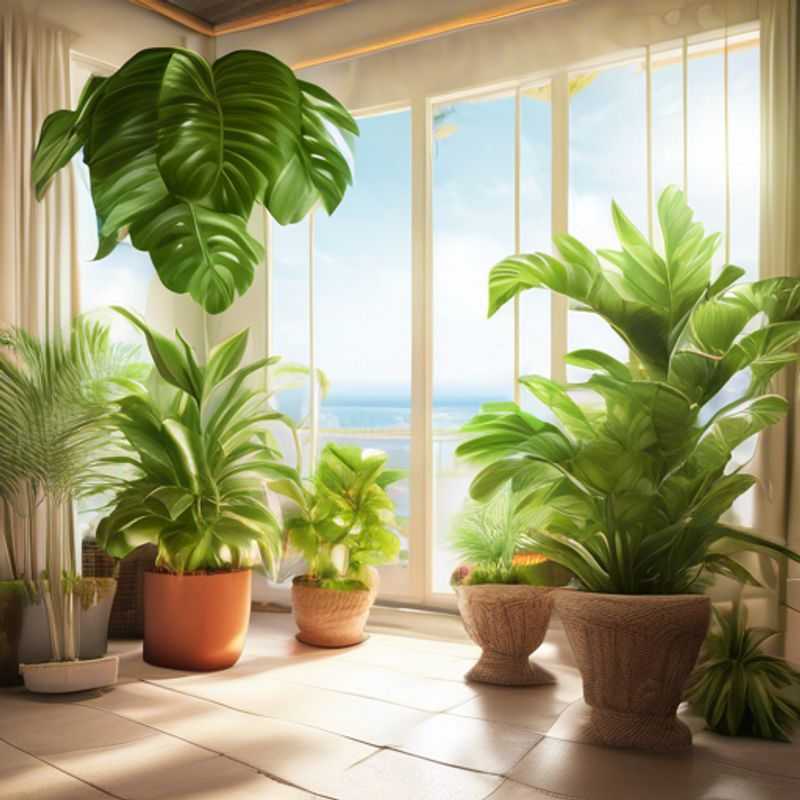
Pest and Disease Inspection: A Closer Look at Your Plants
Regularly inspecting your plants for signs of pests or diseases is crucial for their health and vitality. This proactive approach can help prevent minor issues from escalating into major problems, saving you time, money, and the frustration of losing valuable plants. Here's a quick guide on what to look for and what to do:
Look for visual cues:
Inspect leaves for discoloration, holes, or unusual spots. Check stems and branches for any wilting, deformities, or signs of insects. Look for webbing, sticky residues, or insect droppings. If you notice any of these signs, it's time to take action.
Identify the culprit:
Once you've identified a problem, try to determine the cause. Is it a fungal disease, a bacterial infection, or a pest infestation? Knowing the culprit will help you choose the appropriate treatment. You can use online resources, gardening books, or consult with a local nursery or expert.
Take action:
If you have a pest infestation, you might need to manually remove insects, use insecticidal soap, or consider introducing beneficial insects to control the population. For diseases, removing infected parts of the plant and ensuring good air circulation can help. For fungal issues, you may need to use a fungicide. Always choose the most environmentally friendly option first, and follow the instructions carefully.
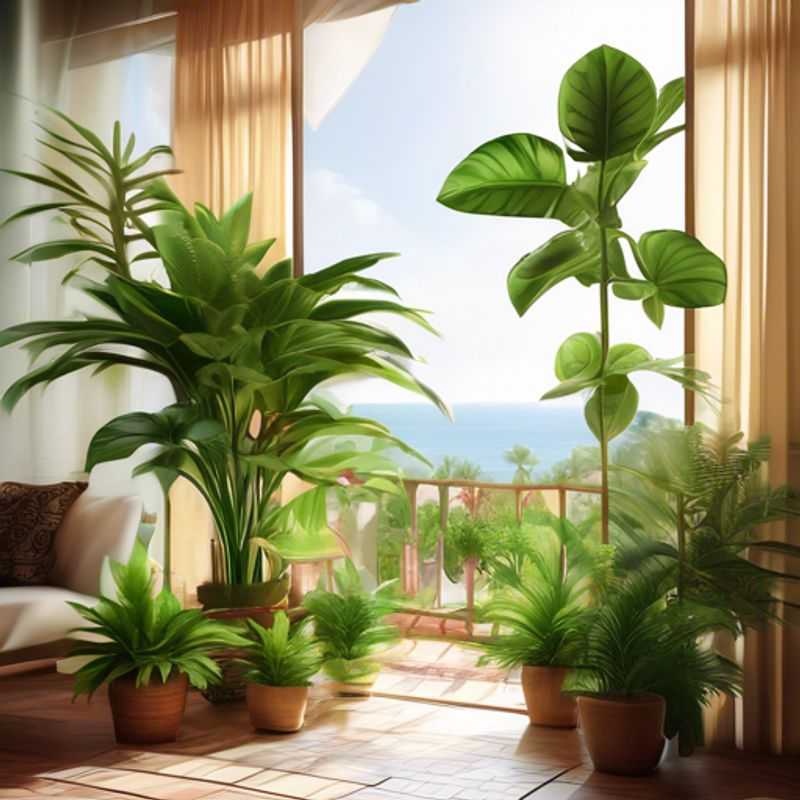
Master the Art of Watering: Understanding Plant Needs to Avoid Over- and Underwatering
Understanding your plant's watering needs is crucial for its health and survival. Overwatering can lead to root rot, while underwatering causes wilting and dehydration.
To avoid these issues, pay attention to the plant's soil and leaf appearance.
Dry soil signals a need for watering, while damp or wet soil indicates the plant doesn't need more water.
Wilting leaves, drooping stems, and discolored foliage are signs of underwatering. Conversely, yellowing leaves, soft stems, and a foul odor might point to overwatering.
Consider plant type and environment. Some plants require constant moisture, while others thrive in drier conditions.
Sunlight exposure, temperature, and humidity influence water absorption and evaporation.
Thorough watering is crucial, allowing water to penetrate the soil deeply.
Regular checks, especially during the growing season, help you determine the appropriate watering schedule.
Experimenting and observing your plant's responses will refine your watering practices, ensuring its healthy growth and longevity.
Remember, overwatering and underwatering can be detrimental. By understanding the signs and adapting to your plant's needs, you can create a thriving environment for your green companions.
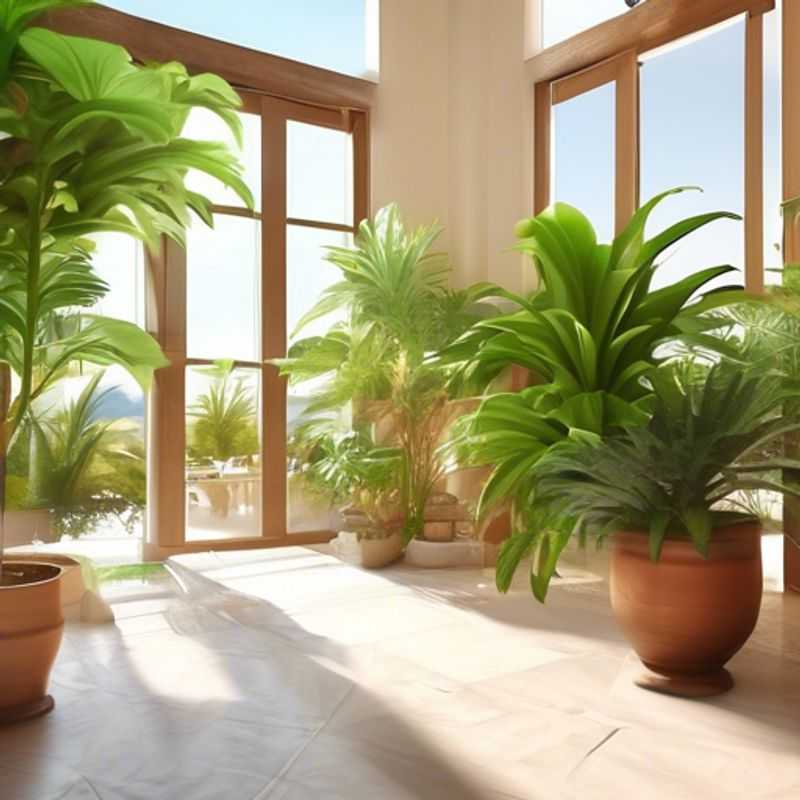
Finding Reputable Sellers for Healthy, Well-Cared-For Plants
When selecting plants, choosing a reputable seller is crucial for acquiring healthy, well-cared-for specimens. Here are some key factors to consider:
Look for sellers with a positive reputation: Check online reviews, customer testimonials, and industry certifications. Reputable sellers prioritize plant health and customer satisfaction.
Inspect the plants: Look for healthy, vibrant foliage, sturdy stems, and an absence of pests or diseases. Avoid plants with yellowing leaves, wilting, or signs of damage.
Inquire about care instructions: Reputable sellers should be knowledgeable about the plants they sell and provide clear care instructions, including watering needs, light requirements, and fertilization recommendations.
Consider the source: Plants sourced from reputable nurseries, botanical gardens, or local growers are more likely to be healthy and well-maintained.
Ask about plant origin: Inquire about the plant's origin and growing conditions to ensure it's suitable for your climate and environment.
Be prepared to pay a fair price: Healthy, well-cared-for plants from reputable sellers may come at a premium. However, investing in quality plants can save you money in the long run.
Remember that ongoing care is essential: Even with a healthy plant, proper care, including watering, fertilization, and pest control, is crucial to maintain its health and longevity.
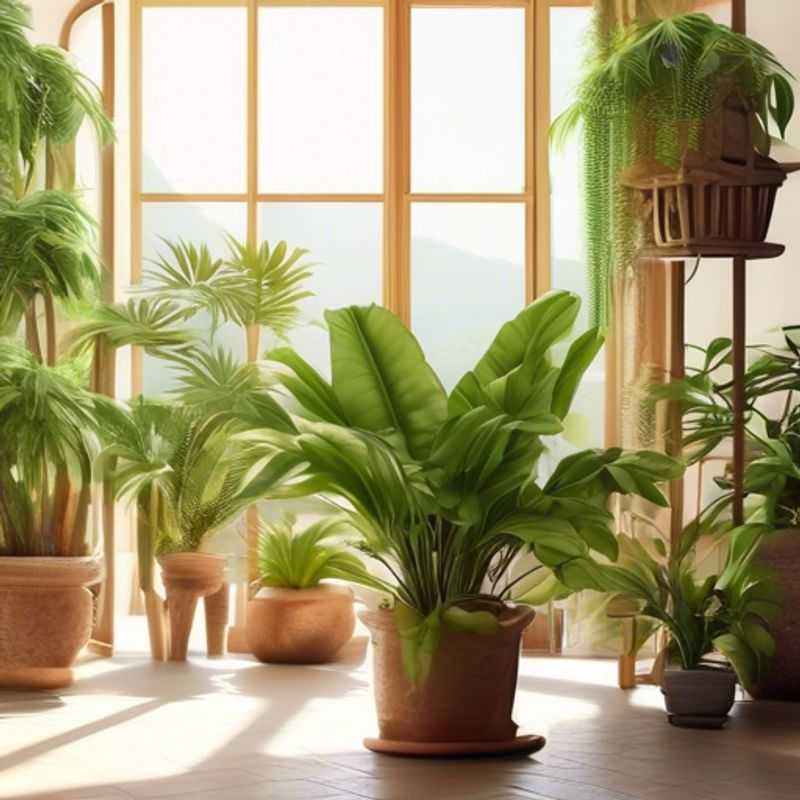
Acclimating Your New Plant: A Gentle Introduction to Your Home
Bringing a new plant home is exciting, but it’s crucial to gradually acclimate it to your environment. Think of it like adjusting to a new climate – it takes time.
Start by placing the plant in a similar light and temperature condition to where it was previously. If it was grown indoors, don't immediately move it to direct sunlight outdoors.
Monitor your plant's reaction closely during the first few days. Look for signs of stress like wilting, discoloration, or leaf drop. If you see any of these, adjust the location or environment accordingly.
Avoid overwatering during the acclimation period. The plant is already adjusting, and too much water can add stress.
Be patient! It takes time for a plant to adjust to a new home. The acclimation process can take anywhere from a few days to a few weeks depending on the plant species and the severity of the environmental changes.
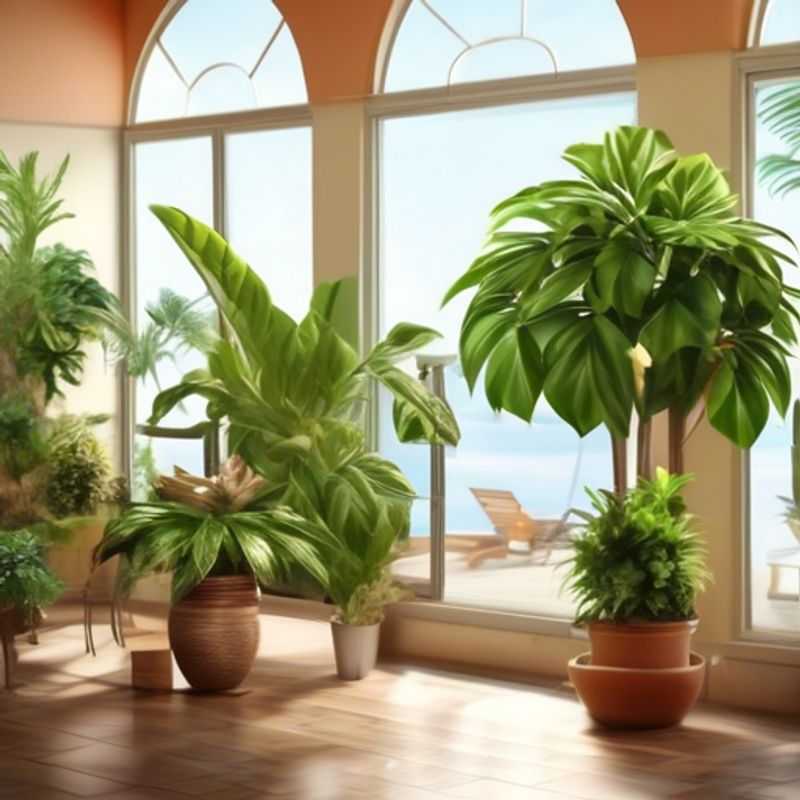
Choosing the Right Plants: Climate and Growing Conditions
Before you get your heart set on a particular plant, it's crucial to ensure it's suitable for your climate and growing conditions. This might save you a lot of heartache and potential loss. You should consider the following:
Sunlight: Different plants have different needs for sunlight. Some plants thrive in full sun, while others prefer shade. Make sure you know how much sunlight your chosen plant needs and that your garden or growing area provides that. This may involve moving plants or creating a specific growing space.
Temperature: Plants have a specific range of temperatures they can tolerate. If your climate is too cold or too hot for your chosen plant, it's unlikely to thrive. Check the USDA hardiness zone map for your area, and ensure your plant's hardiness zone aligns with your region.
Rainfall: Some plants need regular rainfall, while others are drought-tolerant. Understanding your local rainfall patterns is essential for plant selection. Consider the need for irrigation systems or watering strategies if rainfall isn't enough.
Soil Type: Different plants have different soil preferences. Some prefer acidic soil, while others thrive in alkaline soil. Knowing your soil type and making adjustments, like adding amendments, is crucial for your plant's health. A simple soil test can provide valuable information about your soil's pH and nutrient content.
Taking the time to research and ensure your plant's suitability will increase your chances of success. Remember, a happy plant is a healthy plant.
